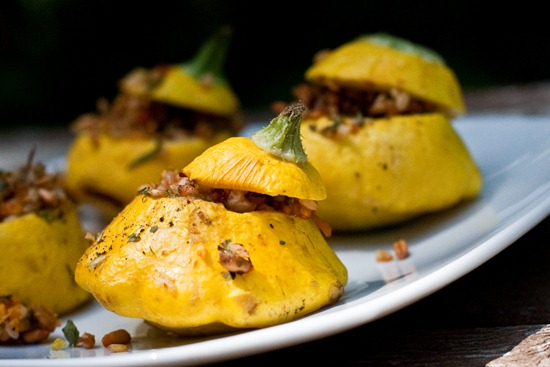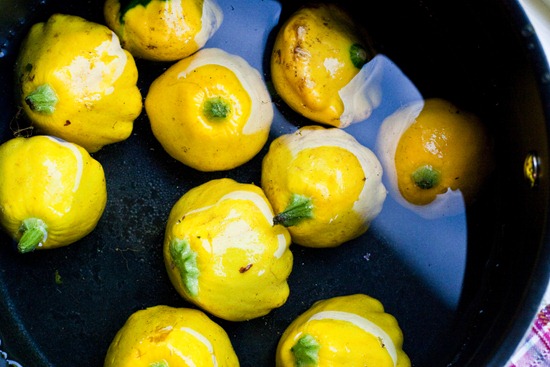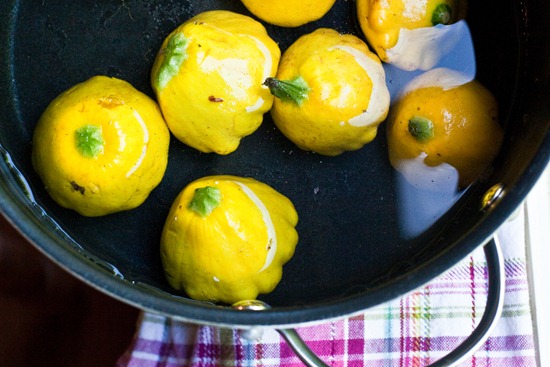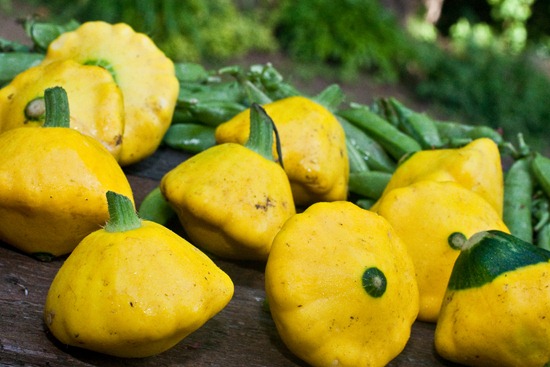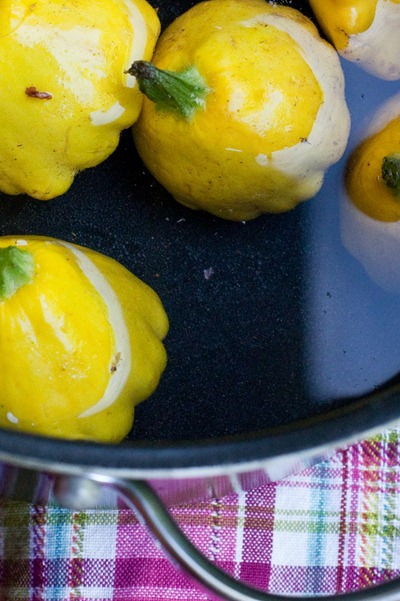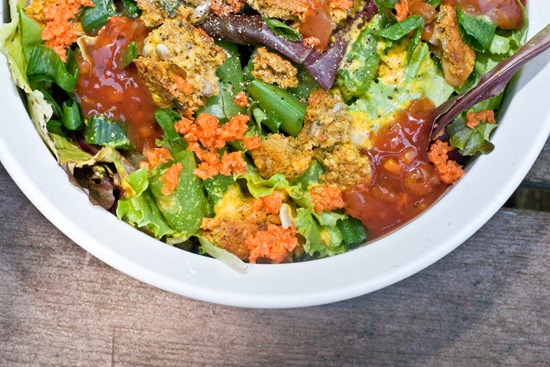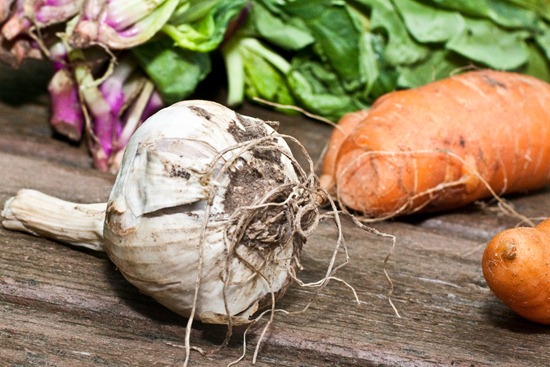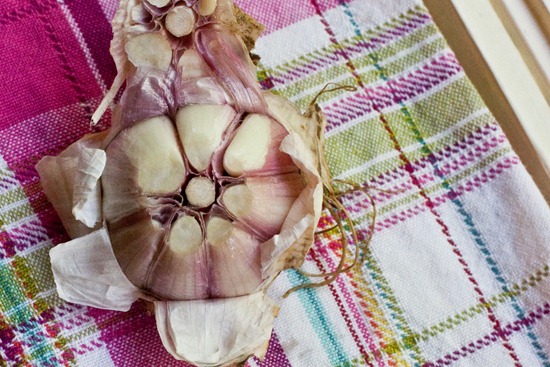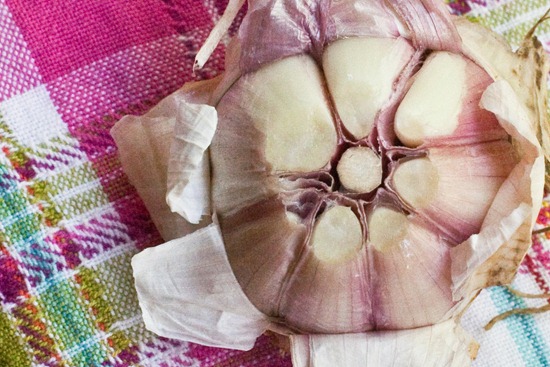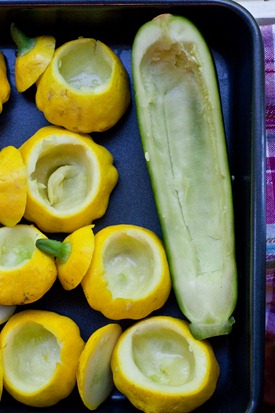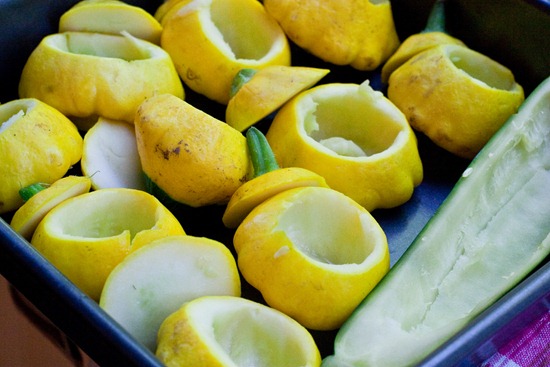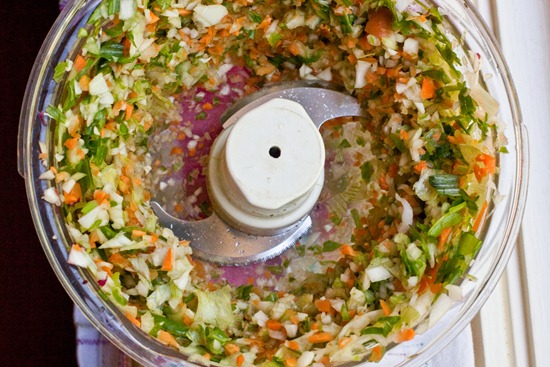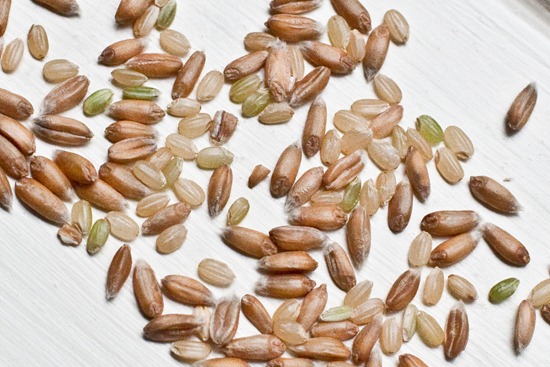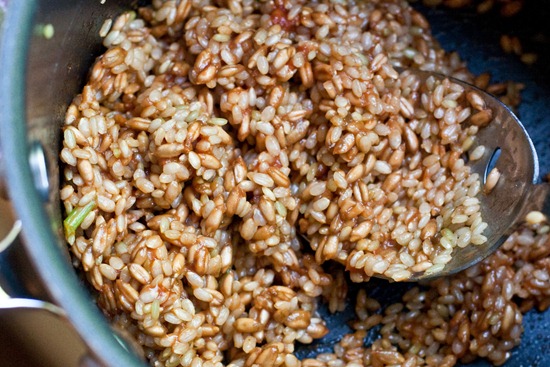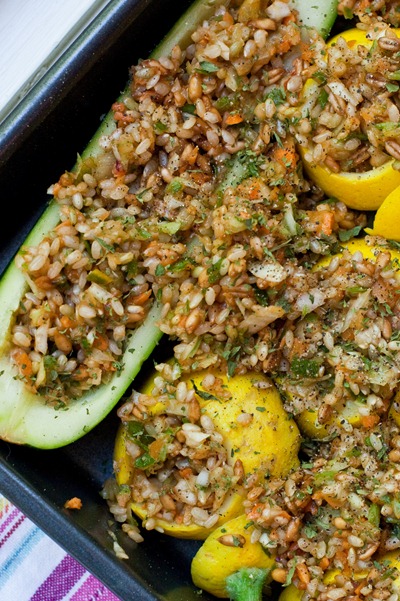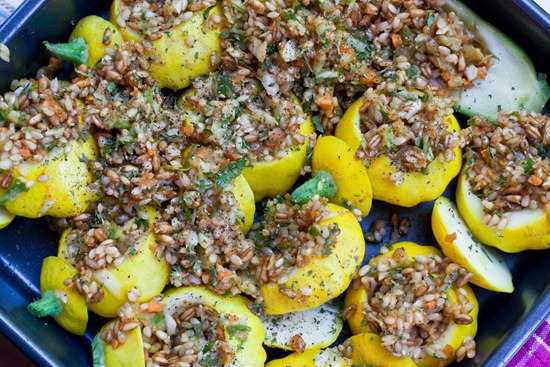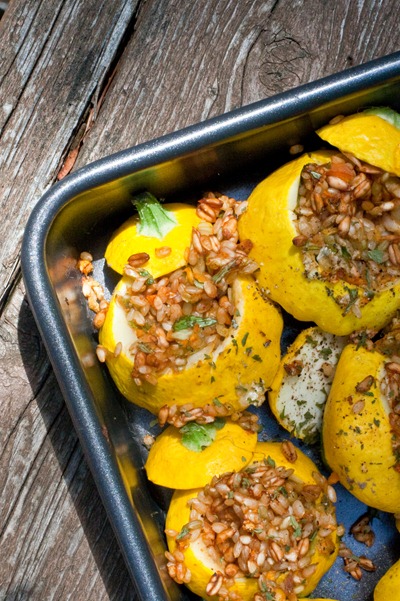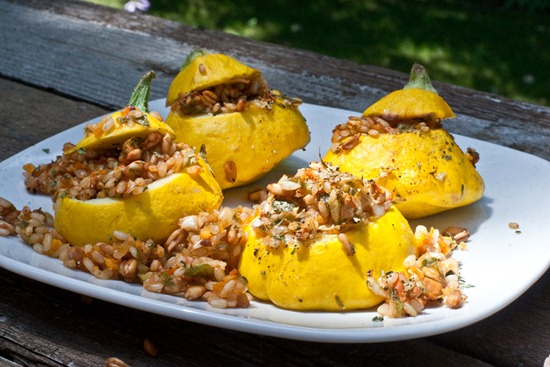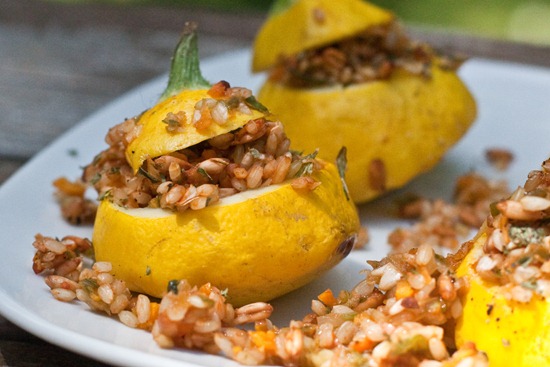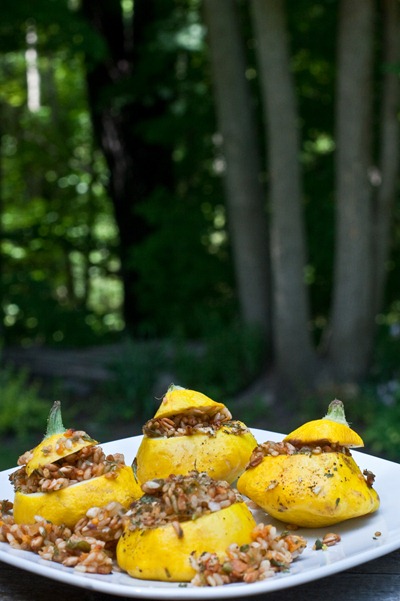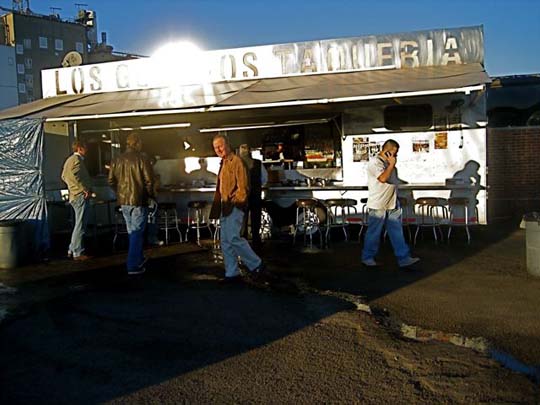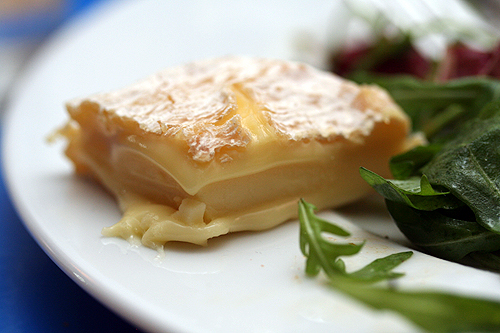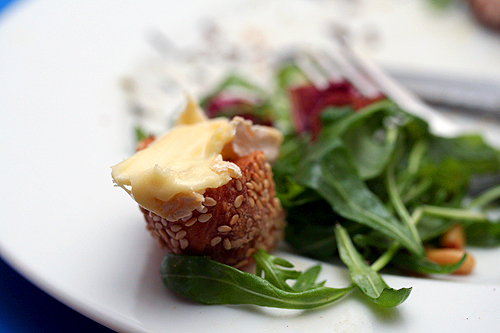 In late afternoons in high summer, the fields of Whidbey Lavender Farm on Washington State's Whidbey Island give off a purple radiance, and the breeze of Puget Sound lifts the floral scent toward the cedar forest. So it is no wonder that the women writing poetry and fiction in the cottages of the nearby Hedgebrook writers' retreat come to walk among the lavender when their day's work is finished. That is how I came, by way of a deer trail, to the fields planted by M.C. and Kay Kang. The couple started their first lavender field in 2005, after falling asleep in a bedroom scented with the just-picked blossoms at a friend's lavender farm in the mainland town of Sequim the previous year. Along with Sequim, Whidbey Island lies within a rain shadow, a lavender-friendly microclimate protected from too much precipitation by the Olympic Mountains. Most of the Kangs' plants are the fragrant Grosso variety, used for bath oils and perfumes, but they also grow several kinds of English lavender—sweet-smelling, low-camphor plants that are best for cooking.
In late afternoons in high summer, the fields of Whidbey Lavender Farm on Washington State's Whidbey Island give off a purple radiance, and the breeze of Puget Sound lifts the floral scent toward the cedar forest. So it is no wonder that the women writing poetry and fiction in the cottages of the nearby Hedgebrook writers' retreat come to walk among the lavender when their day's work is finished. That is how I came, by way of a deer trail, to the fields planted by M.C. and Kay Kang. The couple started their first lavender field in 2005, after falling asleep in a bedroom scented with the just-picked blossoms at a friend's lavender farm in the mainland town of Sequim the previous year. Along with Sequim, Whidbey Island lies within a rain shadow, a lavender-friendly microclimate protected from too much precipitation by the Olympic Mountains. Most of the Kangs' plants are the fragrant Grosso variety, used for bath oils and perfumes, but they also grow several kinds of English lavender—sweet-smelling, low-camphor plants that are best for cooking.Roasted Potatoes With Lavender
 Potatoes take on a floral, earthy note when they're tossed with dried lavender before roasting. This Provencal-inspired recipe is adapted from one in Jerry Traunfeld'sThe Herbfarm Cookbook (Scribner, 2000). This recipe first appeared in SAVEUR Issue #140, along with Carolyn Forché's story Edible Color.
Potatoes take on a floral, earthy note when they're tossed with dried lavender before roasting. This Provencal-inspired recipe is adapted from one in Jerry Traunfeld'sThe Herbfarm Cookbook (Scribner, 2000). This recipe first appeared in SAVEUR Issue #140, along with Carolyn Forché's story Edible Color.INGREDIENTS
2 lb. baby Yukon Gold, fingerling, or tricolor potatoes, scrubbed6 tbsp. olive oil
Kosher salt and freshly ground black pepper, to taste
6 tbsp. unsalted butter
2 tbsp. dried lavender
INSTRUCTIONS
1. Heat oven to 400°. Toss potatoes, oil, and salt and pepper on a foil-lined baking sheet, and roast, tossing occasionally, until browned and tender, about 35 minutes.2. Meanwhile, heat butter in a 1-qt. saucepan over medium-high heat; add lavender and cook until fragrant, about 1 minute. Pour over cooked potatoes and toss to combine; season with salt and pepper.
It was this culinary lavender that interested me as I stole beneath the rafters in the Kangs' cedar drying barn. Hedgebrook's chefs had befriended the Kangs and were making sorbet and salted cookies flecked with their blossoms, but I soon learned that English lavender has a long history in the kitchen. Native to the Mediterranean, lavender was, in all likelihood, brought to the British Isles in the second century by the Romans, who used it for washing and bathing, as well as for cooking and winemaking. A member of the mint family and a relative of thyme, it lends floral and herbal notes to dishes. Today, farmers in France send their lambs to graze among the blooms, and French grandmothers cut lavender from roadsides for their kitchens. I followed suit, adding blossoms to crème brûlée, threading shrimp onto sprigs for the grill, and tossing the sweet dried herb with potatoes for roasting.

